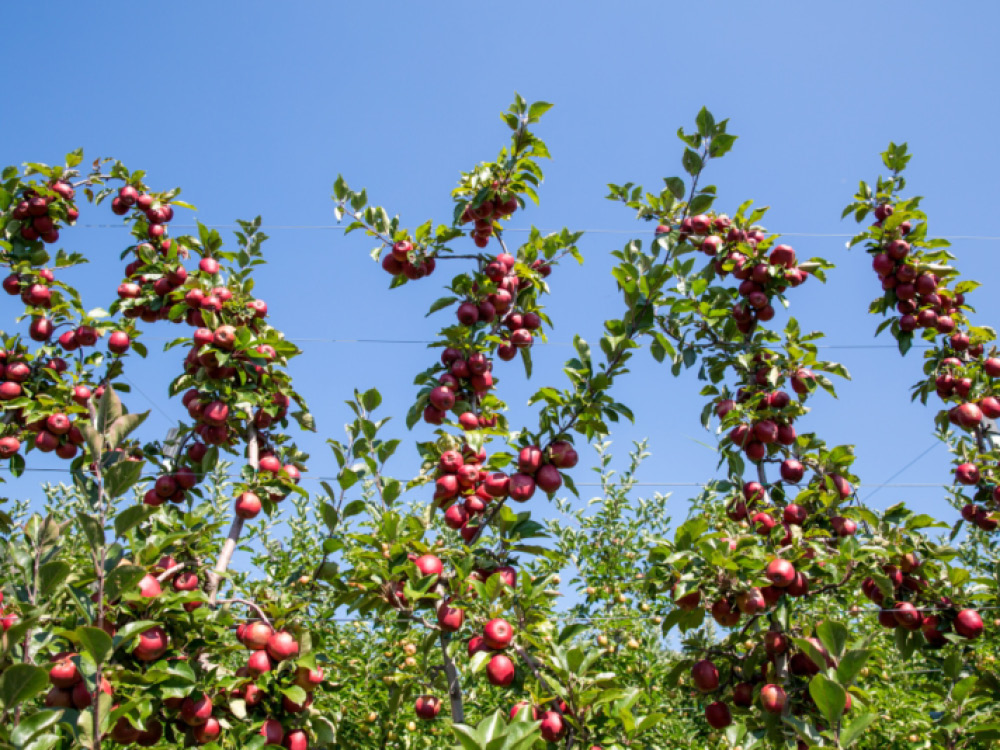Good year, bad year: I look at my garden full of greenery, where every plant is left free to profile. So it is with my apple tree, too.
A year laden with wonderful apples, crisp and juicy. There are so many that anyone who wishes can eat them. The good year.
The following year is a respite. Sufficient for a strudel and that's it. The bad year.
One good, one bad, always in turn: the Alternation.
Cause and effect. It presents itself in this way: In a good year, the tree has to take care of all its fruit. It has a limited amount of nutrients at its disposal, which it distributes among them. On the one hand, it tastes a little less aromatic; on the other hand, the tree has almost no energy to form flowers for the following year.
Few flowers on the tree means few fruits. Thus, the tree has enough strength and nutrients to produce many flowers for the following year. Up and down, back and forth and so on.
Thomas Kohl spends a lot of time in his apple orchards, just in the summer months, thinning manually ensuring a balance between the size and vigor of the tree with the number of fruits. An effective remedy against Alternation.
It is clear that those who produce apple juice need a certain number of apples each year. The quantity is always variable, but careful manual thinning is essential for the quality, aroma and health of the apples.


